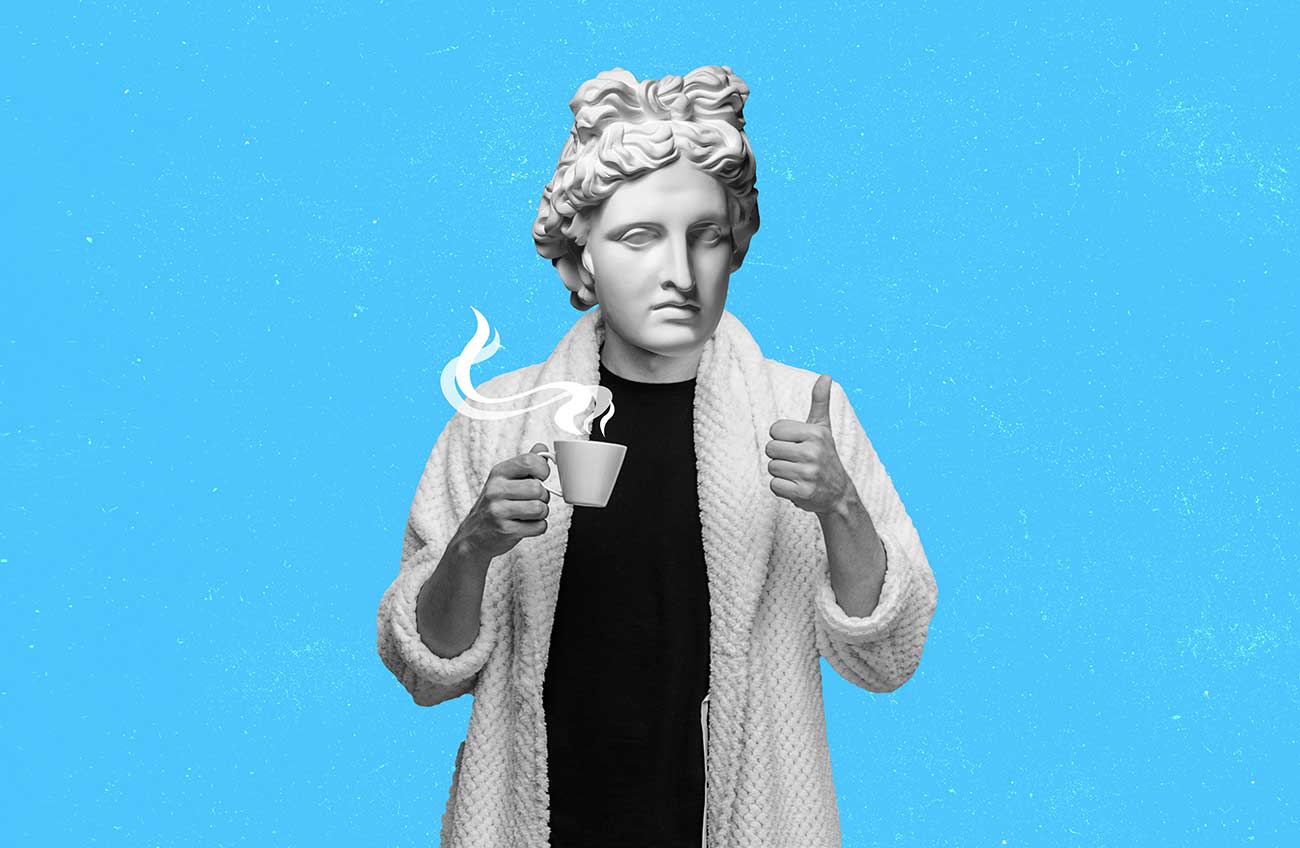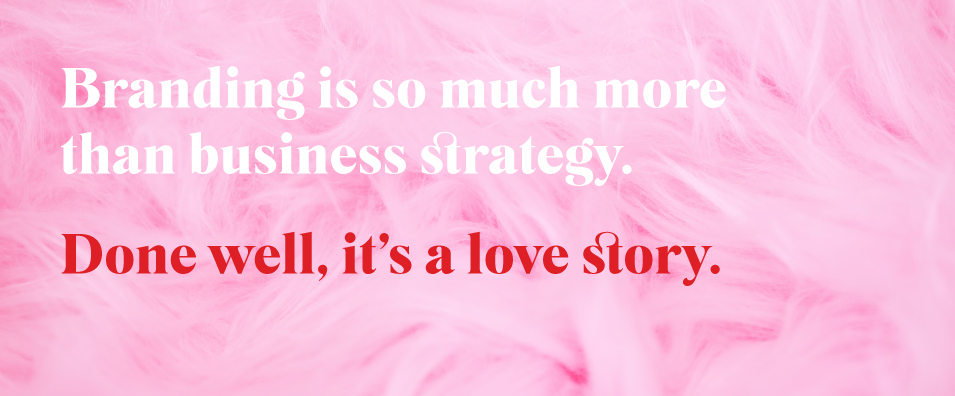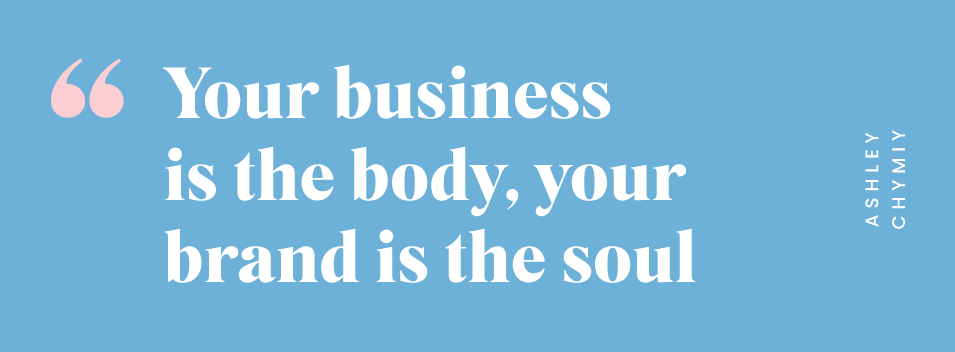
Branding – playing to human instincts or just tired clichés?
Does conformity or dissent make an appealing and unforgettable business brand?
Us humans make snap decisions. And for the most part, they’re guided by our instinct – or perhaps what we think is instinctual but is instead a learned response (and a whole other discussion!).
As branding specialists, we play to this – in fact, we rely on generating an instinctive response from your target audience. Much as we don’t want to admit to judging a book by its cover, it’s inevitable.
Which begs the question – if your business were that book and your branding the cover, how many people are engaging with your story and why?
If branding is about creating a space for judgement, who owns your space?
Branding is about creating a space for judgment. The more intricate the relationship between the brand and human instinct, the more powerful the brand.
Why? Because when it comes to branding, those instincts play a starring role. We take a quick peek and make lightning-fast decisions based on bits and bobs of info – just think about the brands you know and love. It’s like our instincts have a secret handshake with brand cues, prompting us to make snap judgments based on everything from colours, fonts, and imagery through to messaging, tone of voice, and overarching vibe (general look and feel).

The ‘first impression’ bias – where we make quick (and incomplete) observations about people or things based on the first piece of information we perceive – is legit. It takes less than 30 seconds for us to ‘interpretate’ signals (ie attach a meaning to them) and form an opinion. The opportunity to influence this opinion is what makes it critical for brands to own their own space.
Think about colours, for example. Blue is commonly believed to be a ‘safe colour’ – from the NSW police uniform through to the brand colours of organisations such as NRMA Roadside Assistance and Bupa, blue sends an unconscious message of protection. The link between human instinct and the oh-so-subtle cues that brands use to communicate their message is strong.
But here’s the challenge – if your branding relies on reflecting the unconscious assumptions of your target audience, what makes you stand out?
The branding paradox
Here’s where branding becomes slightly more complex.
If human instinct plays a significant role in decoding the most subtle of branding messages to make a rapid judgement, what are the ethics around creating the space for that judgment to occur?
If we don’t control the messages in our space, then who will?
And if our subconscious is moulded to make certain associations, how do we use branding to create a sense of belonging without exploiting what it means to be human?
Brand DNA
The key for genuine brand appeal in place of exploitation? Authenticity.
Authenticity may be one of the most overused words of 2023. But to avoid succumbing to paradoxical struggle – that is, wanting to stand out yet defaulting to clichés and conformity to build a relatable or appealing brand – your brand needs to stop simply following what’s been done and instead build on the concepts that make it wholly unique.
Because sure, we can learn about your audience and choose the right colours and words to high-five their human instincts. But the biggest problem with trying to be everyone’s BFF? Straddling so many groups at once inevitably leads to falling flat on your face.
While you want your brand to have instinctive appeal, it’s got to stay true to itself. Building a brand around the DNA of the business – specifically the why and what behind it – is what attracts and retains a loyal fanbase.

What’s your brand story?
There’s a why, who, how, what, where and when behind every business. As the key drivers of a brand story, I believe the why and the what to be most important.
This is because the foundation of every successful brand is an authentic brand story. A brand story isn’t a history of your business; it’s about the defining qualities of your brand and their role in shaping your business.
And while it’s tempting to focus on your grand plans and aspirations, the truth is this. Consumers aren’t seduced by promises. We’re drawn to a brand’s authenticity, which is determined by its qualities.
Taking a bite out of Apple
There’s a reason why the Apple brand is iconic. It’s been almost 50 years since it introduced minimalism, simplicity, and creativity to change how people used computers. Yet despite experiencing massive changes in consumer demands and technology, the brand has remained true to its core DNA; simplicity.
Simplicity is communicated via Apple’s branding. Apple’s products. Apple’s marketing and advertising. Everything that is Apple is clean, simple, and sleek.
It’s this authenticity that makes Apple products so appealing. As an agency, we don’t use them because they look good (although they do); we’re drawn to the brand’s qualities. Apple makes technology a simple and seamless experience – qualities we find appealing because not having to think about the doing lets us focus purely on the creating.
Owning your brand space
So, if branding is about creating a for space for judgement, how much of your brand space are you in control of?
With brand loyalty a key indicator of control/influence, let’s again look at Apple – only this time within the iOS vs Android smartphone space.
Statista’s 2022 Global Consumer Survey indicated that 48% of US iPhone users were unlikely to change brands on the next possible occasion. Apple’s subsequent brand loyalty score, at 13%, was the highest among major smartphone brands.

Why? Because Apple owns its brand space better than anyone.
It’s achieved this with a business model that prioritises the design and user experience. This is managed internally, while manufacturing is outsourced. Why? Because this is how Apple controls the space created by its brand promise.
Competitors, on the other hand, vertically integrate their supply chains via acquisition. They diversify across dozens of markets. And they increase production volume.
So while these products flood the market and there’s an ongoing intensity about seizing that first-mover advantage, Apple stands apart. It’s doesn’t race to be first because it doesn’t need a competitive advantage. The Walkman, for example, is a perfect example of how Apple controls the narrative.
The portable cassette player (followed by the portable CD player and then MP3 player) saw Sony revolutionise the music industry. And despite the market being quickly inundated with similar products, Apple retained the user-centric focus central to its DNA.
So, by the time the iPod launched, it didn’t matter that there were roughly 50 portable MP3 players already in the market. Apple’s focus on the user experience saw the iPod reinvent everything from the interface design (goodbye to buttons, hello to the scroll dial) to the build (farewell mechanical features, and welcome software and system integration).
The result? Another revolution, except this time consumers weren’t buying a device – they were buying into the lifestyle uniquely offered by Apple.
The connection between human instinct and brand success
Undeniably, we each make snap judgments that play a significant role in how we perceive and interact with the brands around us. Good branding capitalises on this instinct.
But great branding? Truly great branding builds on this instinct by also:
- Authentically communicating the core values of the business to generate an emotional connection, and
- Consistently living these values to provide a wholly unique consumer experience.
Striking the perfect balance between human instincts and authentic, emotional branding is where true love blossoms, transforming consumers into devoted communities.
Whispering those sweet nothings is why branding is a journey, not a destination. (Look at your brand – just what messaging does it send? If you’re worried your seduction technique is lacking, perhaps give our Free Brand Audit a crack.)
So, whether you’re looking to revive an existing brand or develop a new one, we’ll ensure it’s supercharged. Let the journey begin.




Leave a Reply